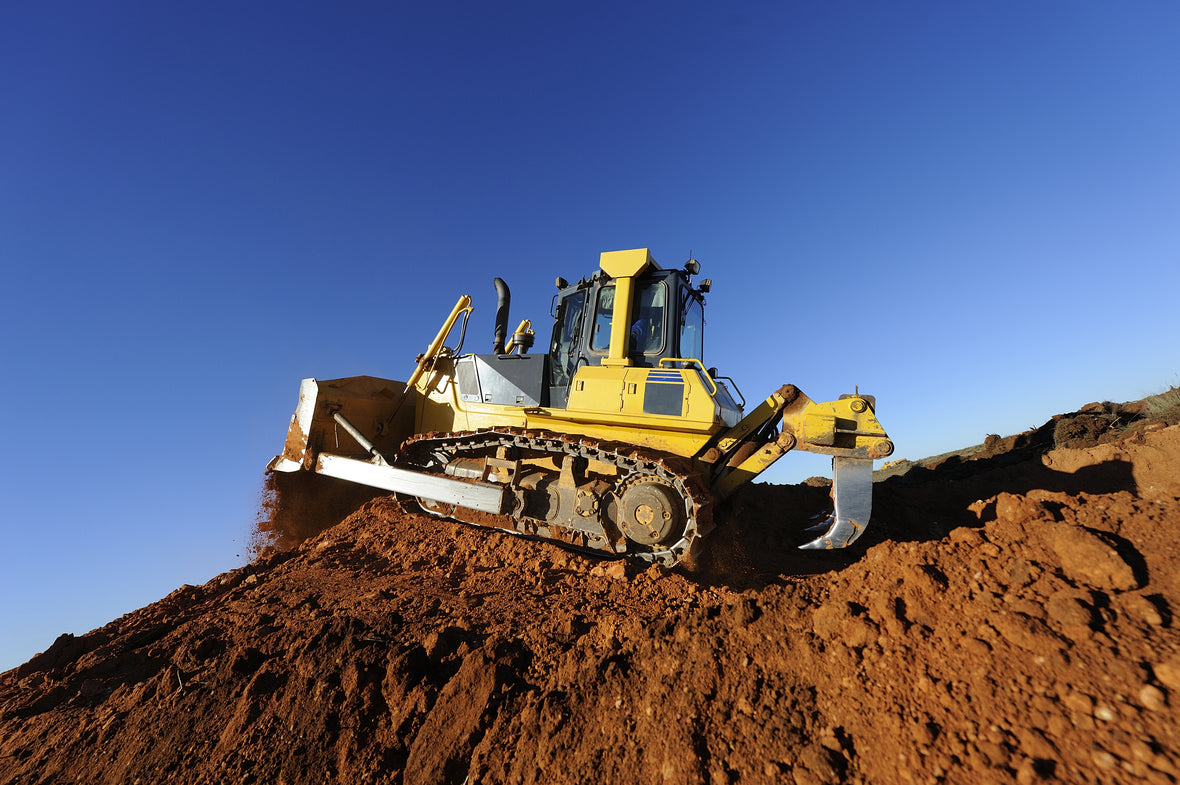
The Bulldozer's Role in Shaping Our Landscape: The Dozer's Tale
When it comes to moving massive amounts of earth, there's no machine quite like the pushy, powerful push of a bulldozer. Also known as a dozer, this heavy-duty construction vehicle has been a staple on job sites for decades, playing a pivotal role in land clearing, grading, and road construction. Its iconic blade, capable of slicing through dirt, rock, and debris with ease, is a symbol of raw power and efficiency.
From Forests to Highways
Bulldozers excel in land-clearing operations, making way for new developments by pushing over trees, leveling uneven terrain, and creating the smooth, flat surfaces needed for construction. Their versatility doesn't stop there; they're also essential in road building, grading the earth to precise elevations and widths, ensuring a smooth ride for vehicles.
A Machine of Many Trades
Beyond its primary functions, the bulldozer's applications are vast. In mining, it helps extract ores by pushing over waste rock. In agriculture, it prepares fields for planting by loosening soil and creating furrows. Emergency services use modified dozers to clear debris and create access routes in disaster zones.
Technological Evolution
Modern bulldozers have come a long way from their rudimentary beginnings. GPS guidance systems, advanced hydraulic controls, and intelligent monitoring tools have transformed them into high-tech construction partners. These innovations enhance operator safety, improve precision, and optimize fuel efficiency.
The Operator's Art
While technology plays a significant role, it's the skill and experience of the operator that truly bring the bulldozer to life. Mastery over this beast requires a delicate balance of strength, precision, and situational awareness. Operators must be adept at reading the terrain, anticipating challenges, and adjusting their techniques accordingly.
In the grand narrative of construction, the bulldozer stands as a timeless icon, a symbol of human ingenuity and the relentless drive to shape the world around us. As technology continues to evolve, so will the capabilities of this stalwart machine, ensuring it remains a vital part of our construction landscape for generations to come.


